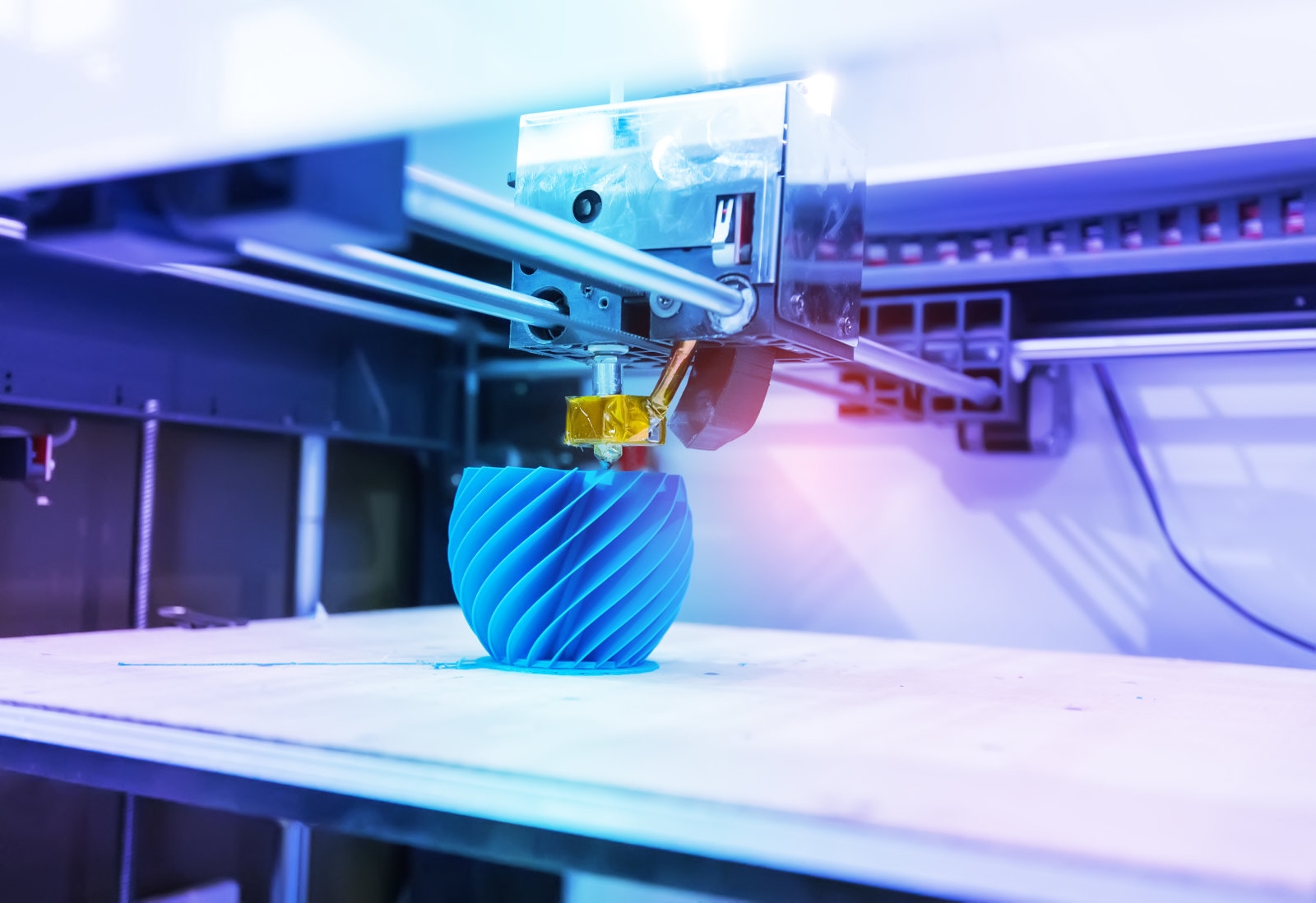Today, most 3D printers that lay down multiple materials use separate reservoirs. This new chemistry-based approach uses a single reservoir with two monomers (the molecules that are joined together to create a 3D-printed substance). Then, either ultraviolet or visible light is used to link those monomers together. Depending on which light is used, the final product will have different properties, like stiffness. The researchers hope this single-reservoir approach could be more practical than using multiple reservoirs of material.
This isn’t the first time researchers have used light to control 3D printing, and this concept still needs some fine tuning. At the moment, researchers have only achieved putting hard materials next to soft material. And it will take time before scientists know which monomers work together in a single reservoir, but they hope “wavelength-controlled, multi-material 3D printing” will make more complex objects possible.
(57)

